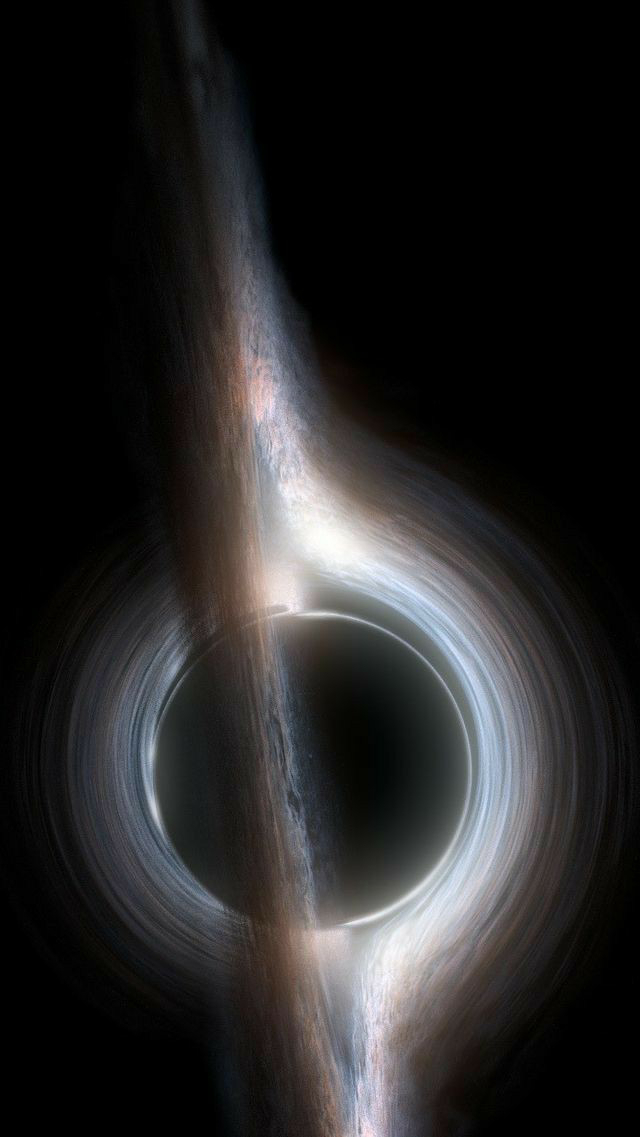Supermassive black holes might be simpler than we thoughtBy Monisha Ravisetti

Supermassive black holes might be simpler than we thought By Monisha Ravisetti Physicists from institutions including the Massachusetts Institute of Technology and the European Southern Observatory found that a supermassive black hole awakened to devour a nearby star much like its more ordinary counterparts would, indicating that, despite their vast nature, the objects are rather predictable in at least one. regard. According to a paper published May 17 in The Astrophysical Journal, the supermassive black hole - 50 million times the mass of the sun - was activated by a star that drifted into its vicinity. While it devoured the gaseous object, scientists watched over two years as the giant black hole mimicked the behavior of smaller ones in an event termed AT2018fyk. "What it is telling us is, black holes are simple," study author Dheeraj Pasham, a research scientist at MIT's Kavli Institute for Astrophysics and Space Research, told T...


